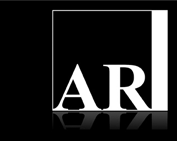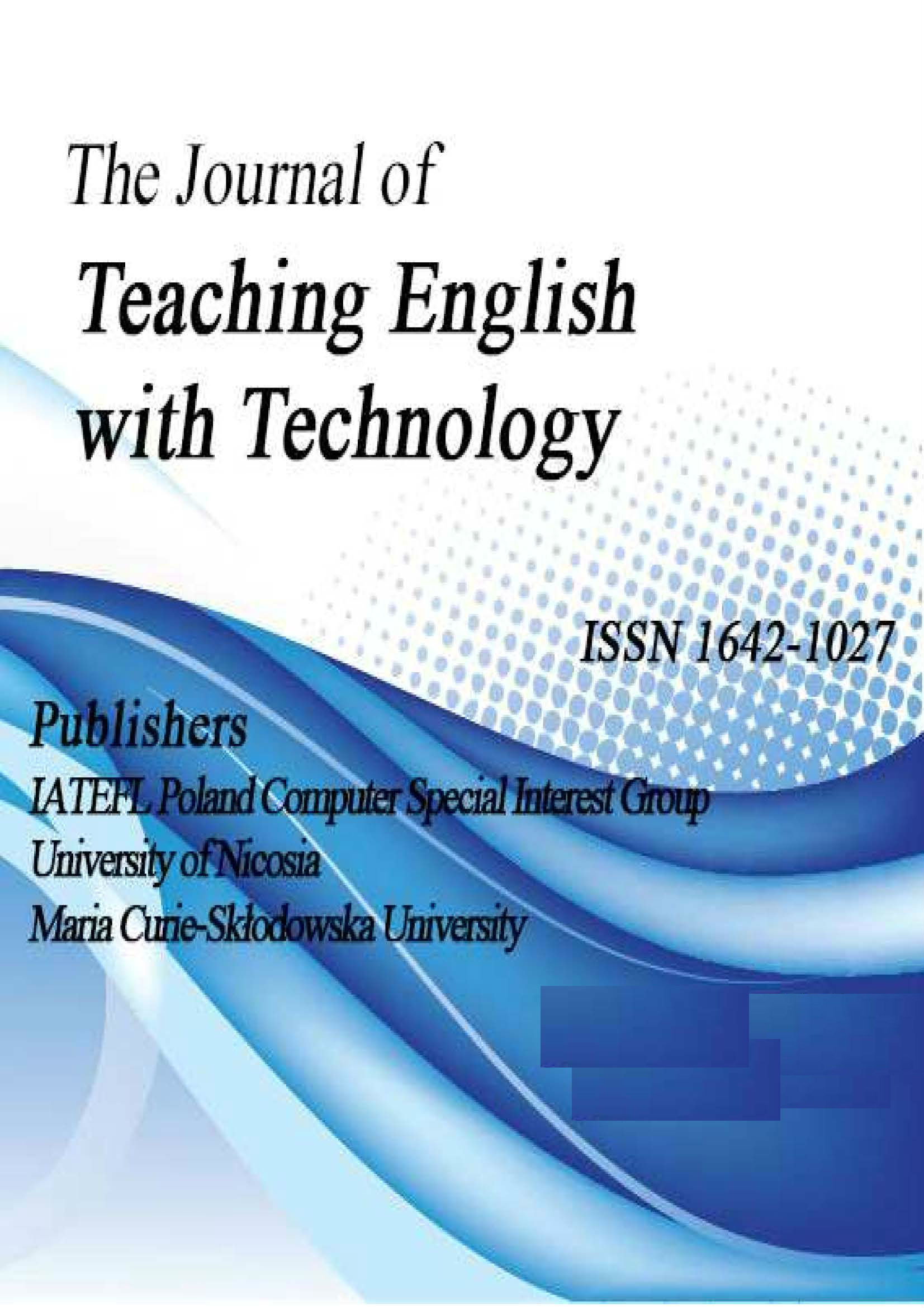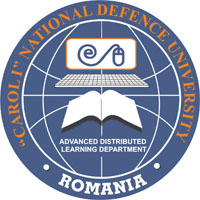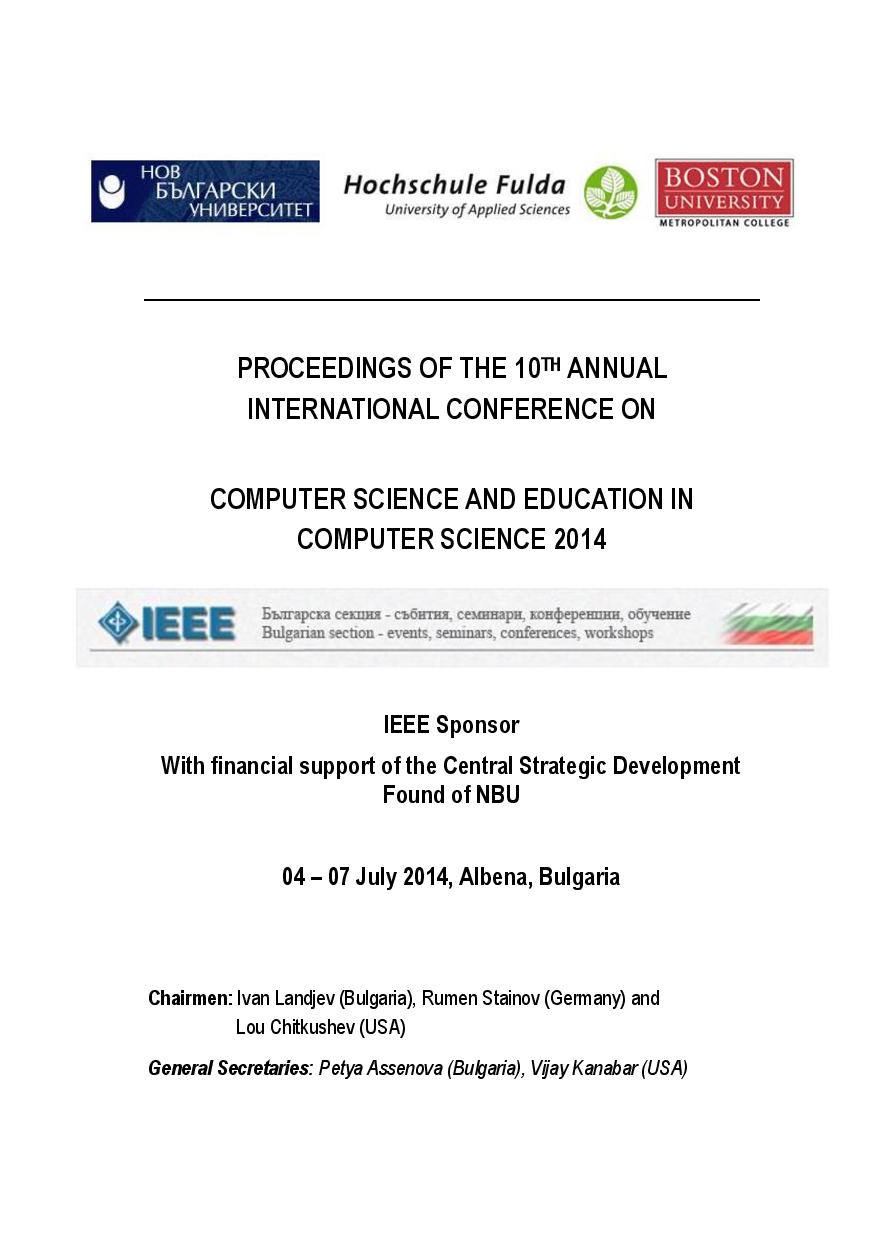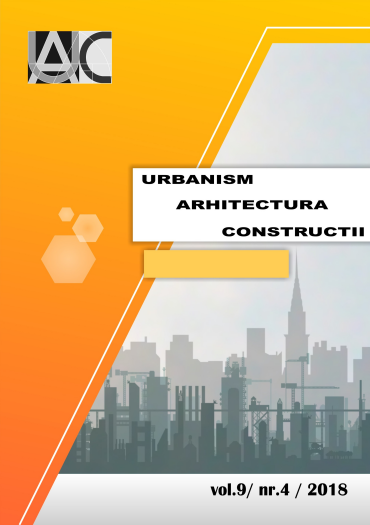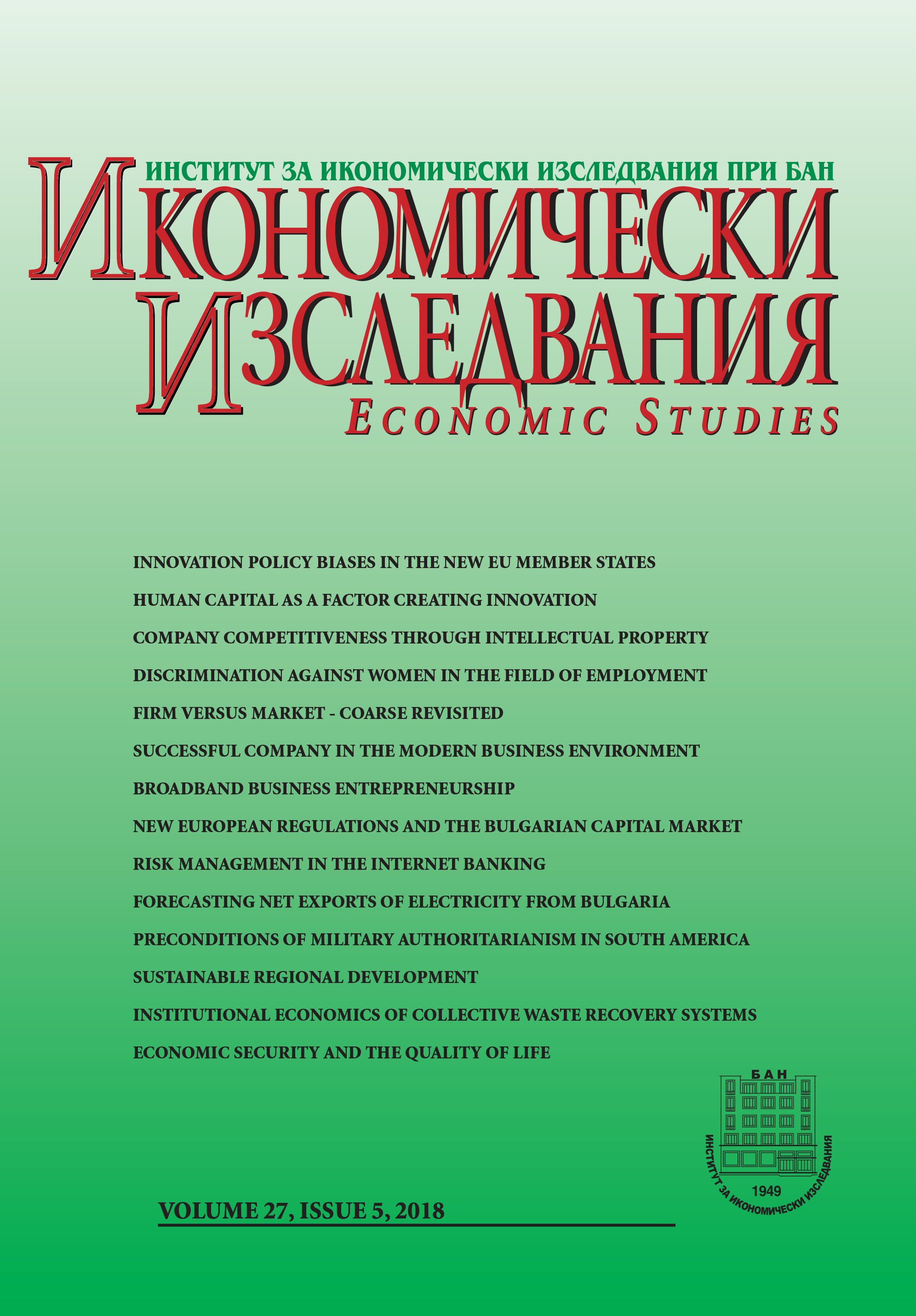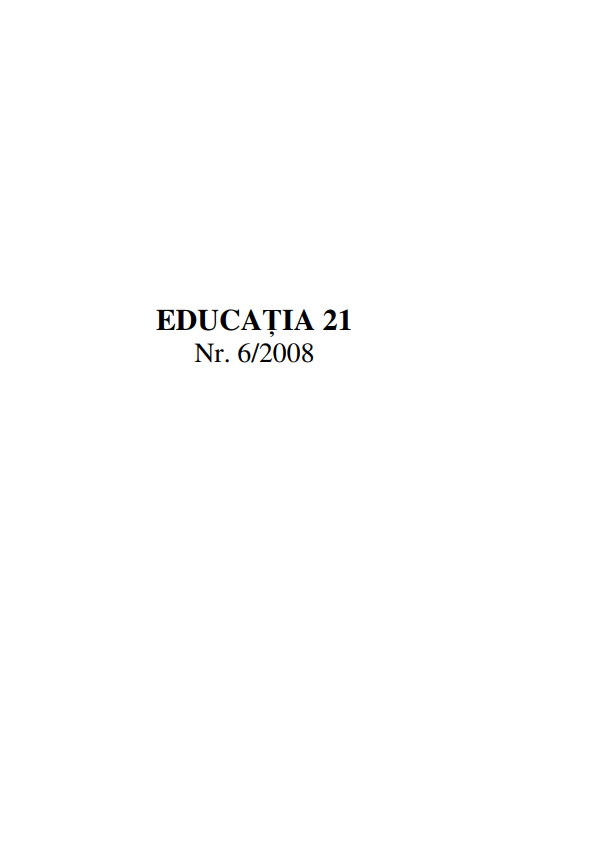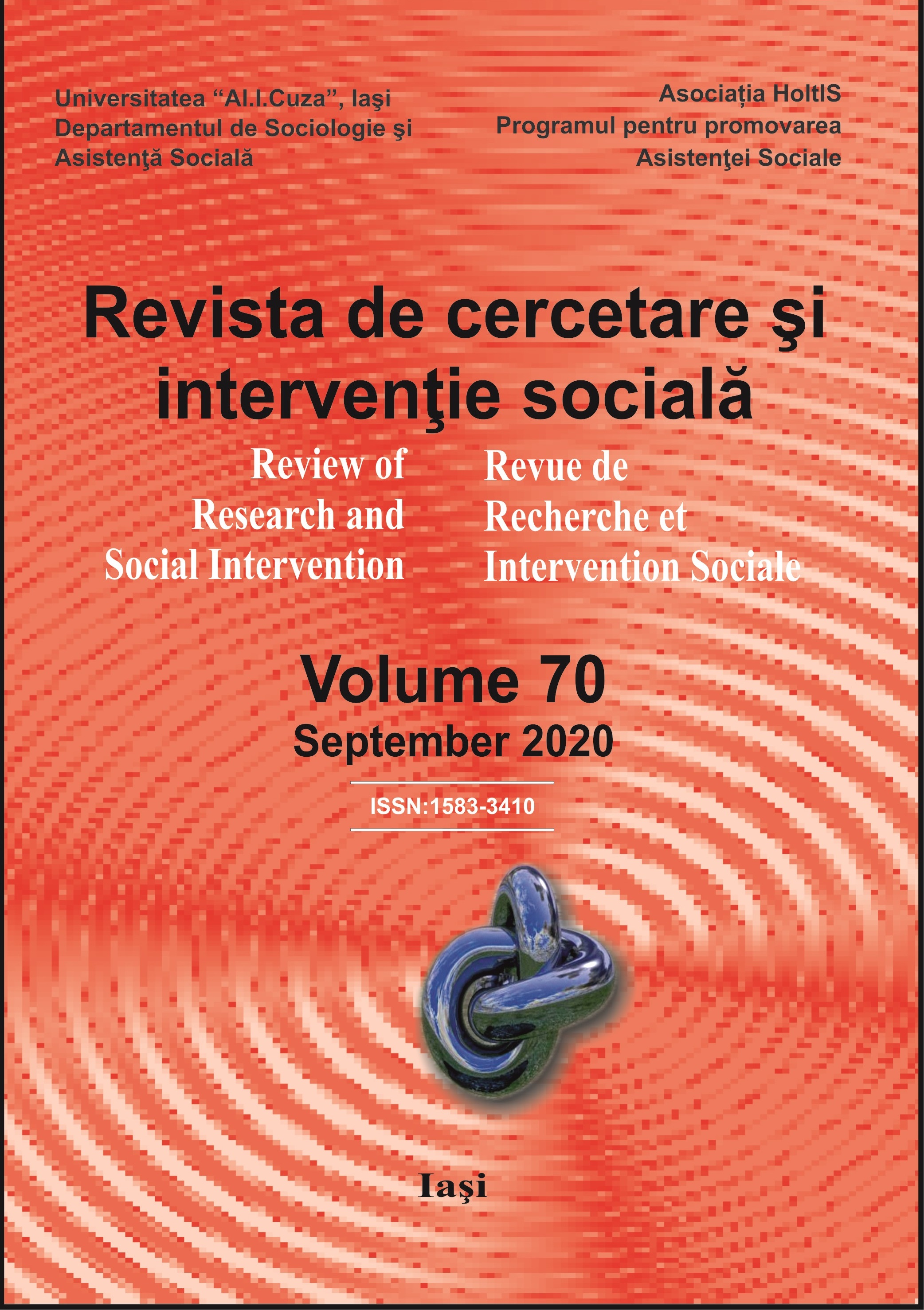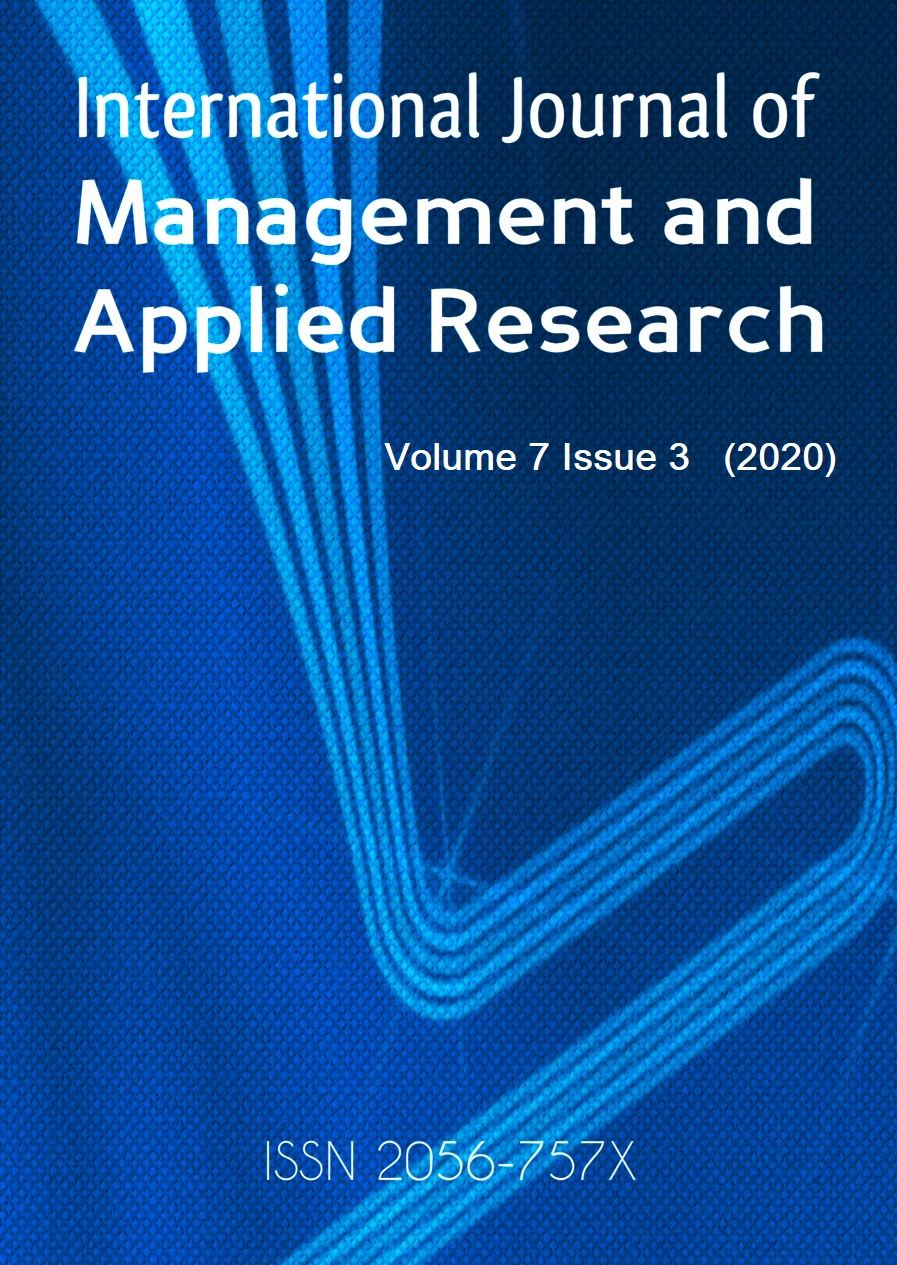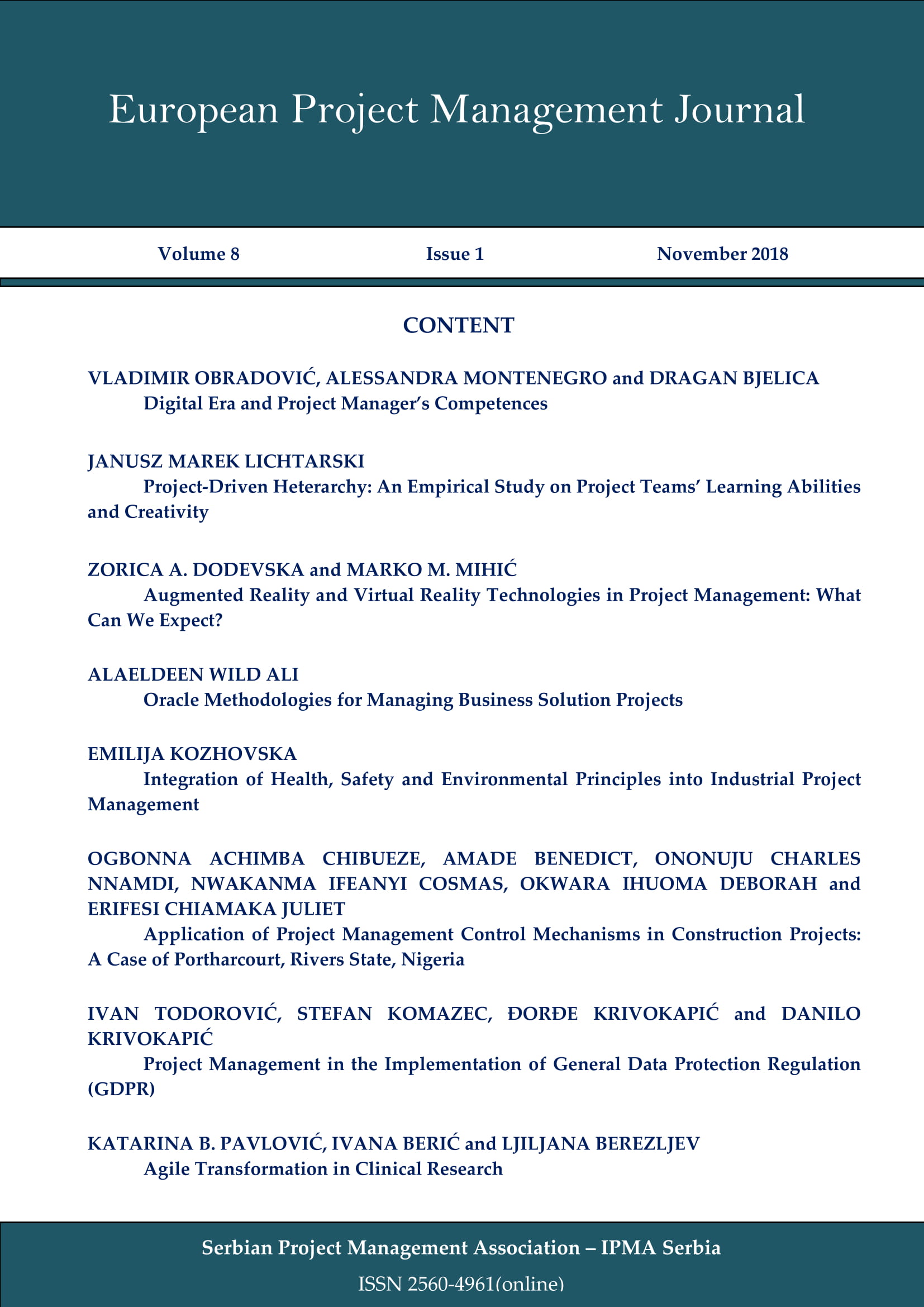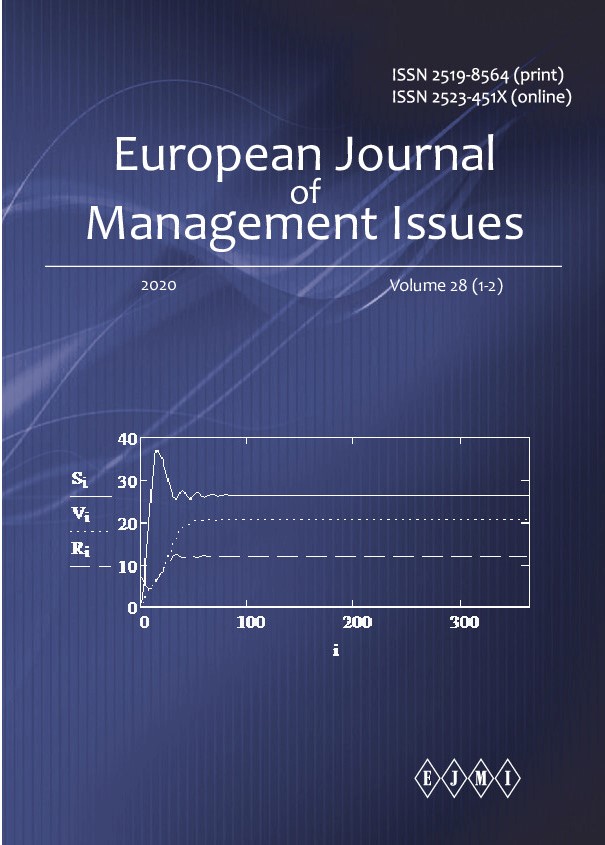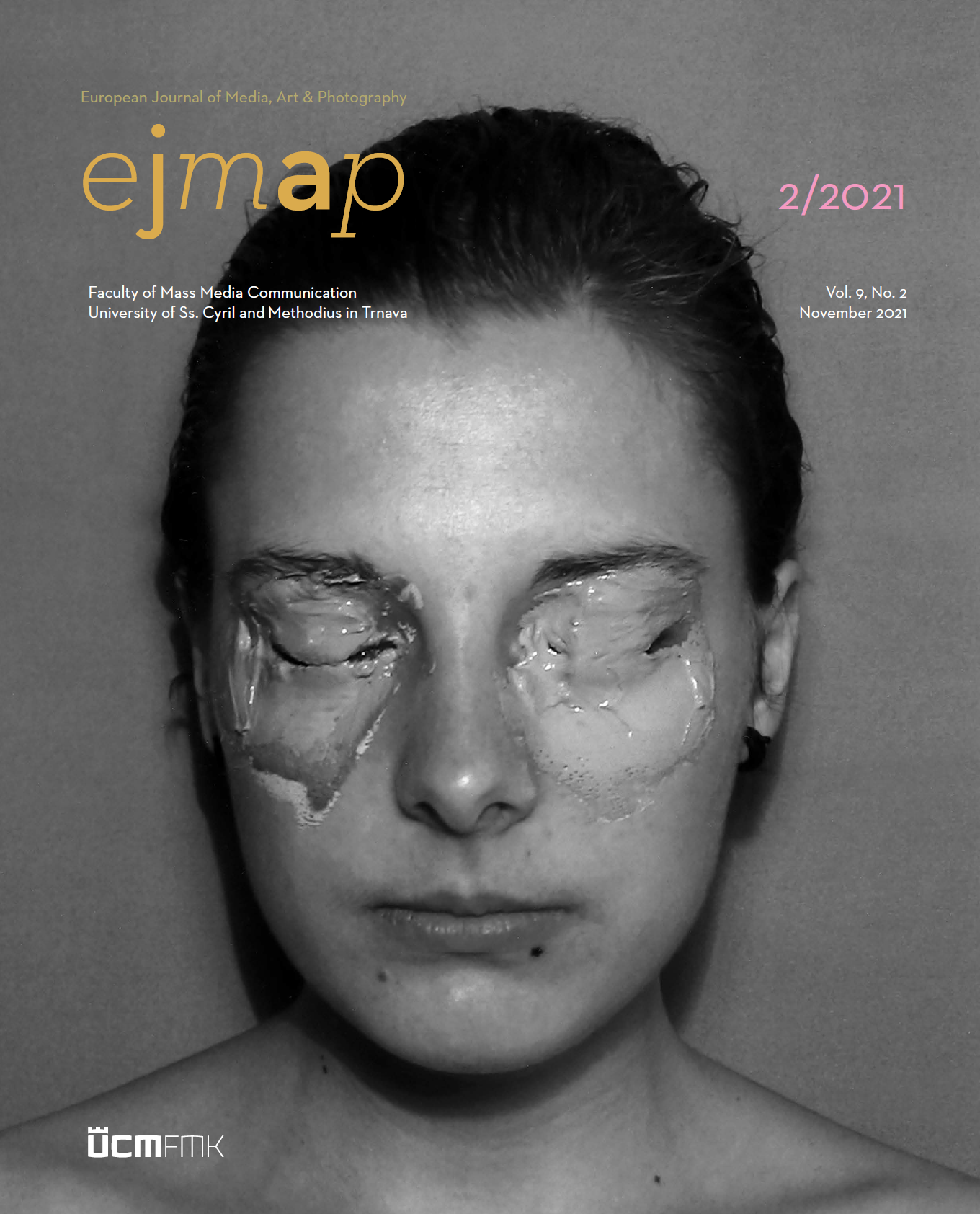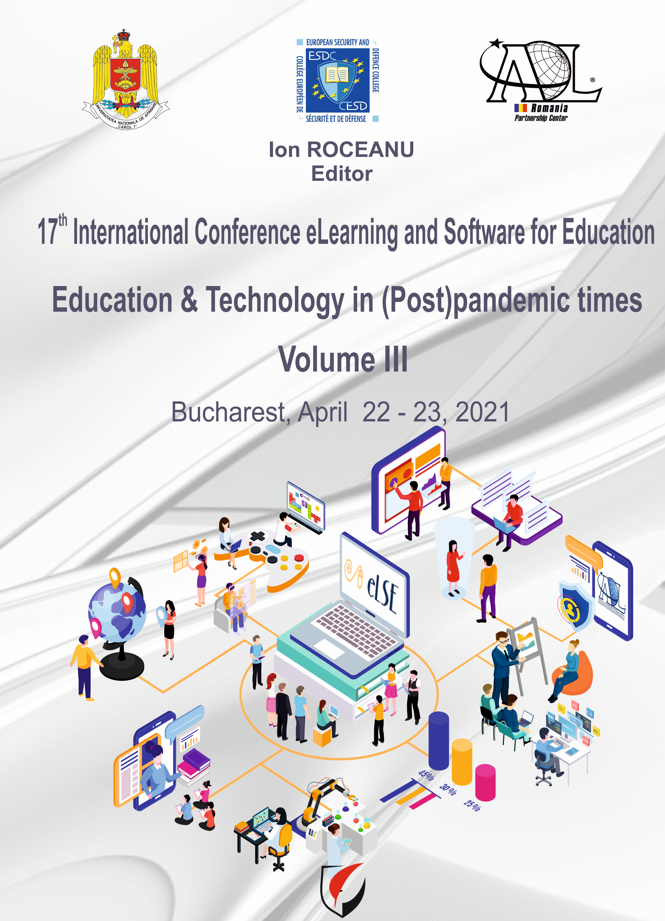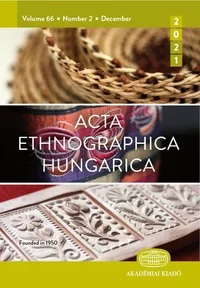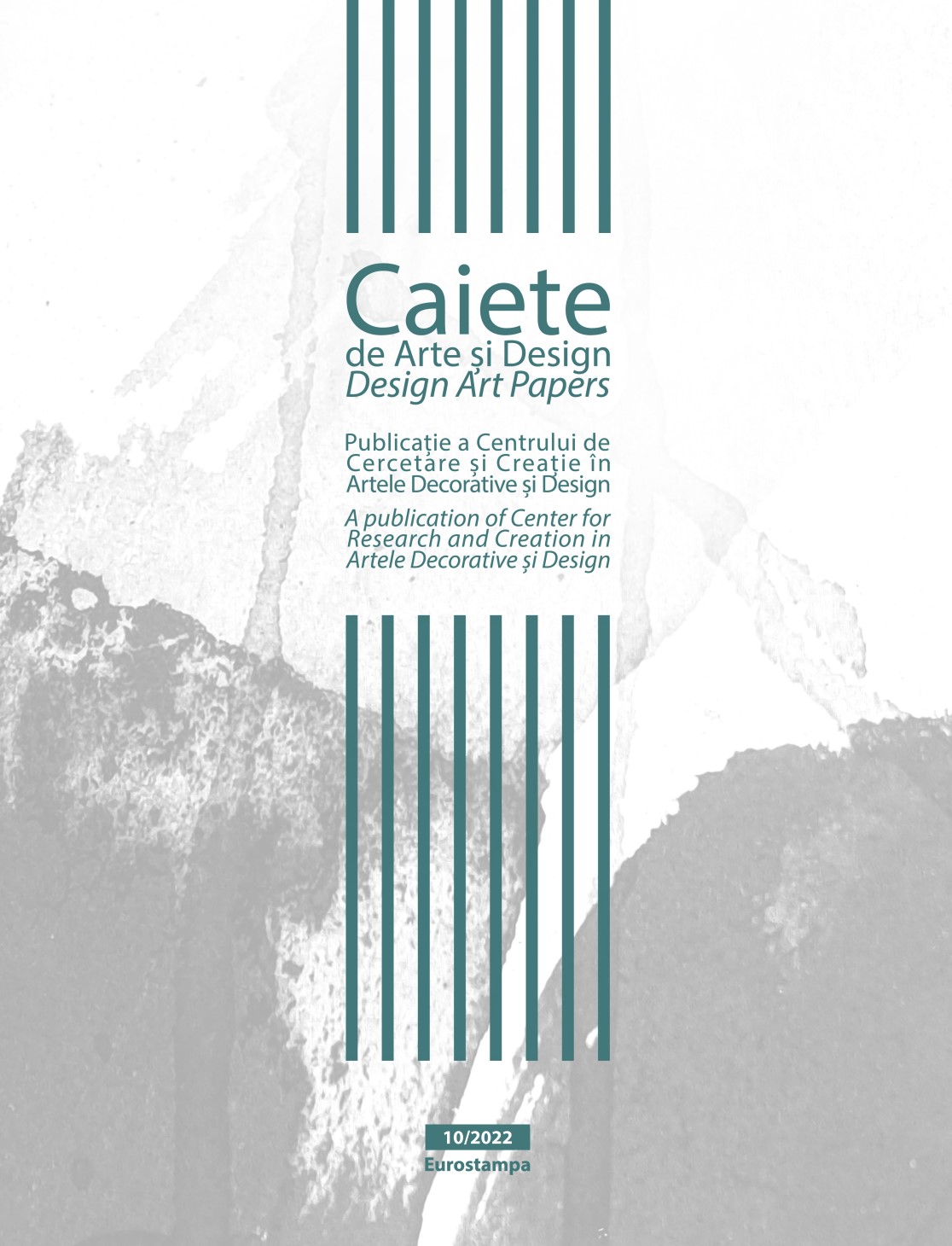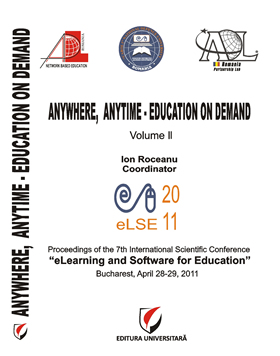
LEARNING BY PLAYING – TEAM BASED ROLE PLAY FOR ENHANCED UNDERSTANDING
LEARNING BY PLAYING – TEAM BASED ROLE PLAY FOR ENHANCED UNDERSTANDING
Keywords: Team Based Role Play; Software Engineering
This research for using team based role play for enhancing understanding was performed within a Software Engineering workshop and is based on a previous study. The main research objective of demonstrating the importance of documentation in the Software Development Life Cycle (SDLC) was achieved by splitting the project developed during the workshop between three different teams. The workshop consists of three assignments, in which each team had to continue the work performed by the previous team. This course structure created inter-dependency between the teams in which their performance and grades depend on each other and especially on the previous assignment's proper documentation. The research, which was performed during two years, revealed that employing this type of team based role play during SDLC enhanced the students’ understanding regarding the importance of documentation, mainly by exposing them to difficulties and consequences caused by its absence.
More...
